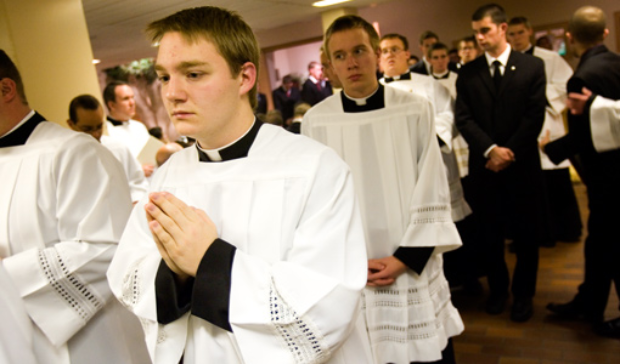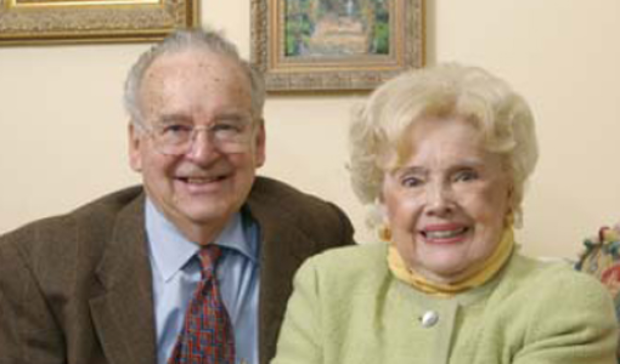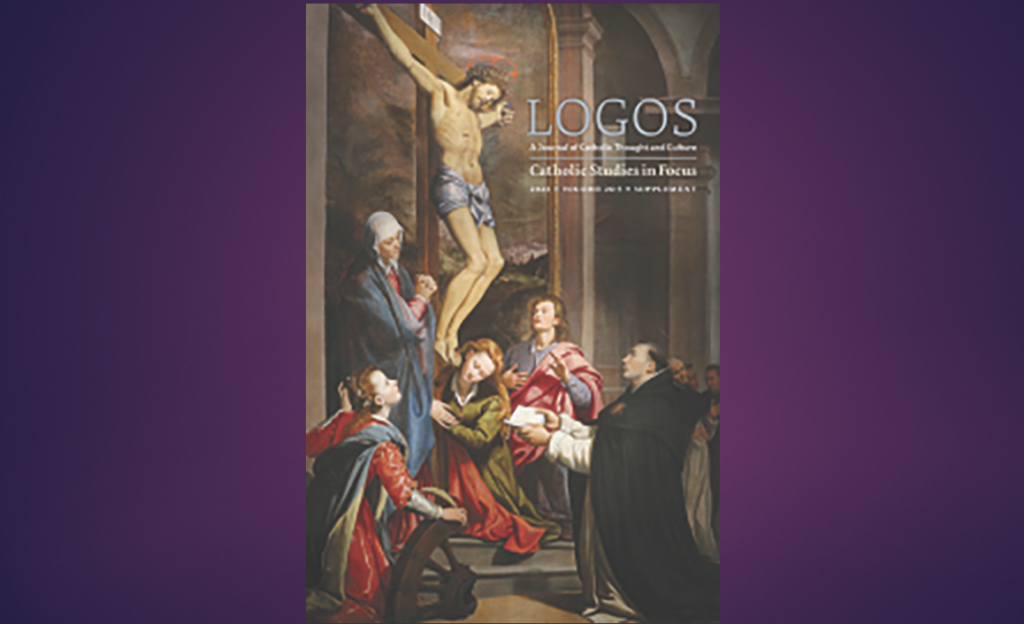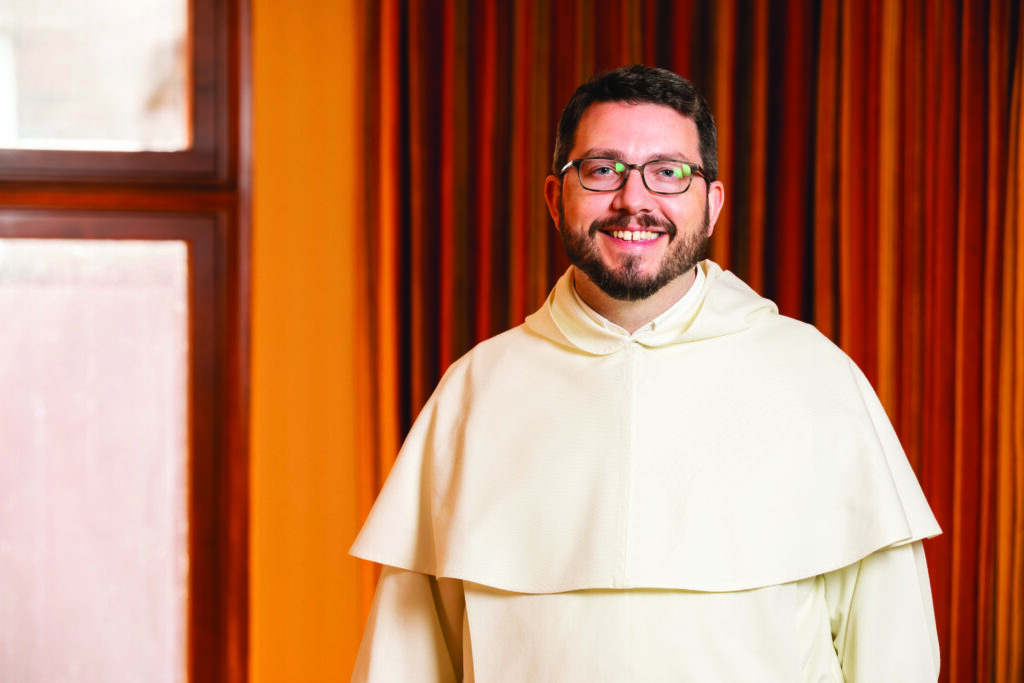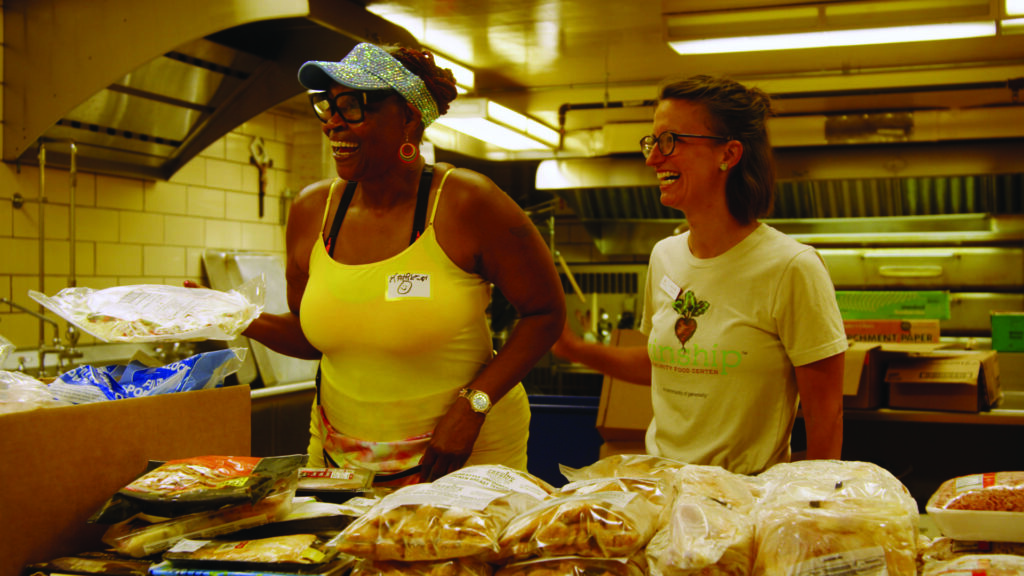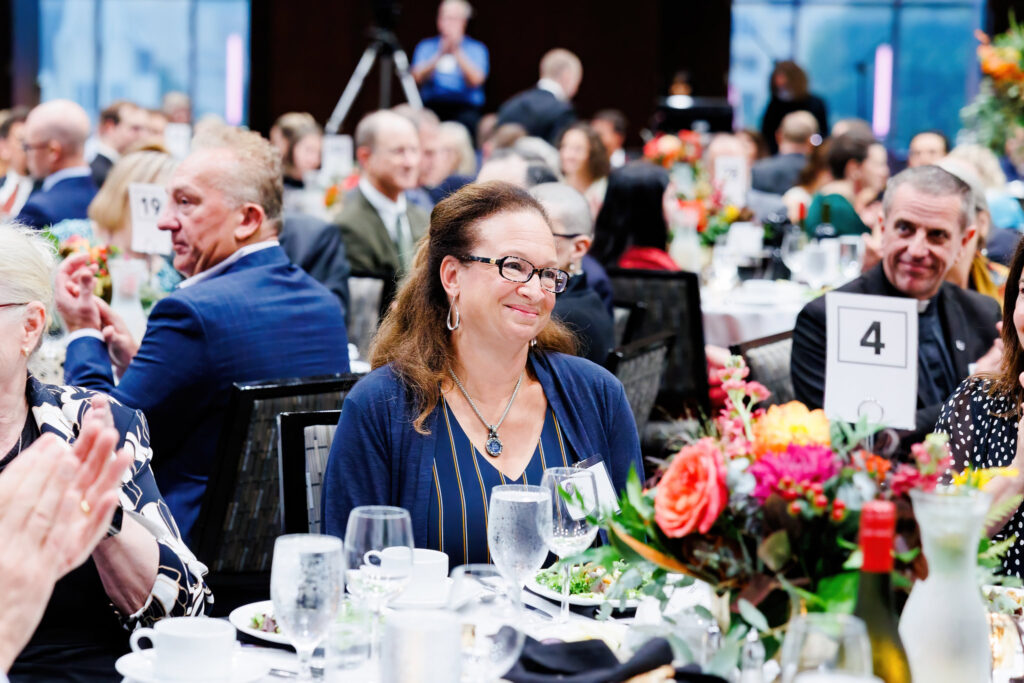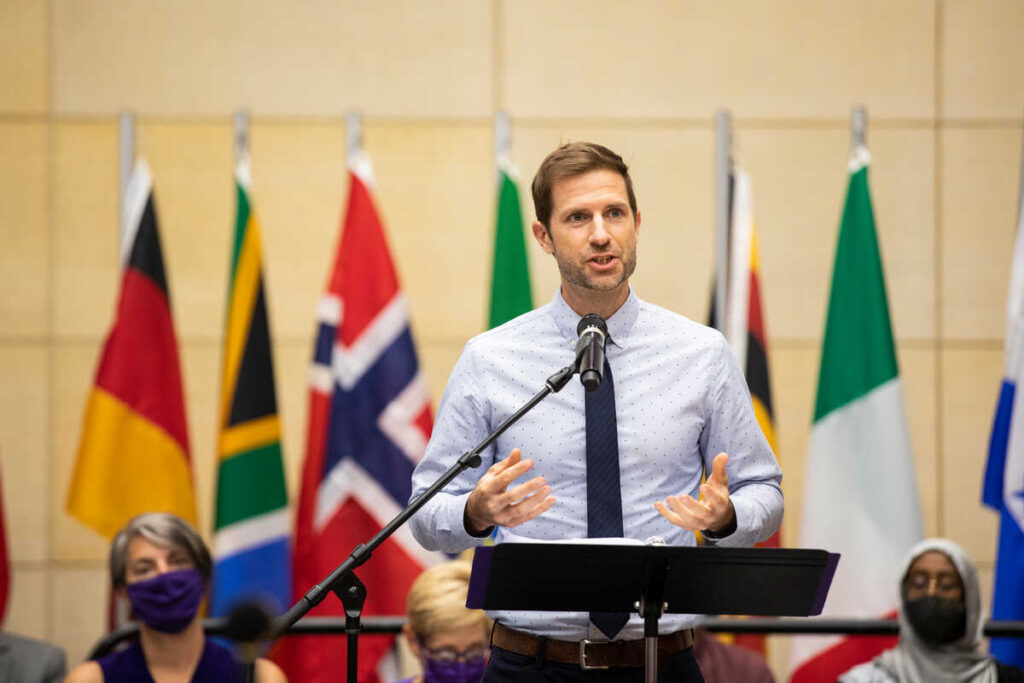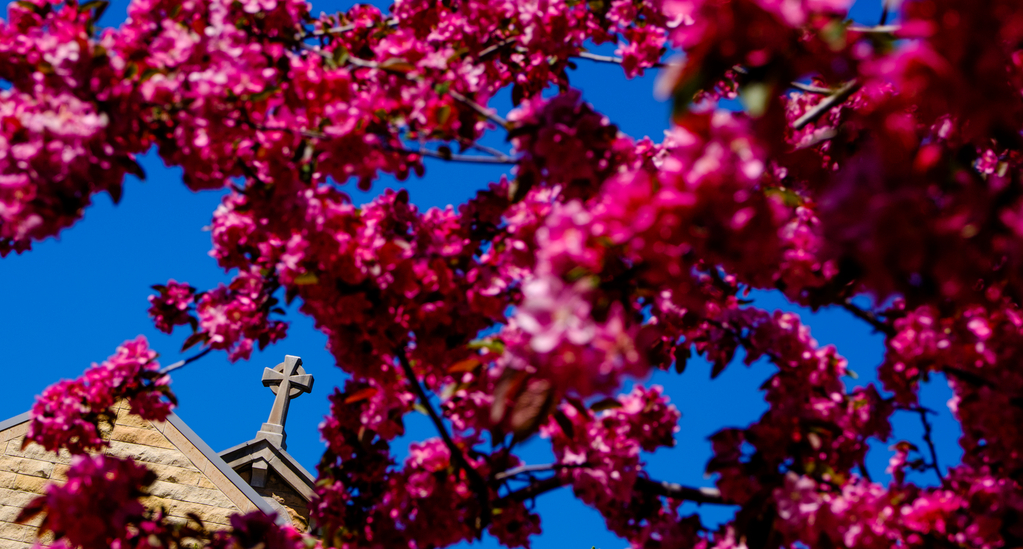For several years now, Catholic Studies has collaborated with St. John Vianney Seminary in the intellectual formation of seminarians. Founded in 1968 and located on the St. Thomas campus, St. John Vianney College Seminary – known on campus simply as “SJV” or “Vianney” – is one of the largest college seminaries in the United States. More than 25 Catholic dioceses and archdioceses throughout the United States send students to Vianney, and 317 Vianney alumni have been ordained to the Catholic priesthood since its inception. This year the seminary is seeing its highest numbers since the 1980s: 108 men are in residence.
“This class has opened up for me, in a fascinating way, not only what the Church believes but why she believes it. By probing the mysteries of the faith, it has greatly added to my appreciation of the depth and richness of Catholicism.” — Joah Ellis
The men at St. John Vianney are all undergraduates, completing their liberal arts bachelor’s degree at the university while actively pursuing a vocation to the diocesan priesthood. The seminary provides an integrated program of academic and spiritual formation, along with fellowship and fraternity in a communal living and worship environment. While most Vianney students major in philosophy or Catholic Studies (many double major in both), a wide spectrum of other majors and minors are also found among them.
“We pay special attention to the catechism’s form and coherent integrity, which itself speaks of the Church’s unity and interconnectedness. I am humbled and inspired by the wisdom of the Church.” — Spencer Howe
As part of their intellectual formation, seminarians are required to take two Catholic Studies courses designed specifically to meet the Church’s requirements for a systematic treatment of the Catechism of the Catholic Church. The courses are team taught by Catholic Studies professors and Father William Baer, St. John Vianney’s rector. The first course, Catholic Doctrine and Sacraments, covers the first two parts of the catechism, focusing on the Apostle’s Creed and the seven sacraments. The second course, Introduction to Catholic Spirituality in the Thomistic Tradition, examines the third and fourth parts of the catechism: the moral life (the Ten Commandments) and the spiritual life (the Lord’s Prayer).
“Future priests have a great responsibility to know the faith and to live it, and this course is helping us prepare for this responsibility. It has helped me know the faith better and be more confident in my service to the Lord and his Church.” — Brian Feller
Given the large number of men and their varied backgrounds, no prior intellectual formation in the Catholic faith can be presumed. The two courses, therefore, are designed to provide a common and solid foundation in the faith as a systematic and organic whole. They also help impart a common theological language, the necessary foundation of a shared theological vision for these future priests who will teach the faith. The men learn how to read the catechism with scholarly care and skill. They learn how to use the catechism’s numerous footnotes, locating and studying the many diverse sources underlying Catholic teaching – Church councils, papal encyclicals, the writings of the Church Fathers and doctors, the witness of the saints and more. In the process they learn not only the specifics of the doctrines of the faith but also understand how deeply interrelated they are.
“This class is contributing to my priestly formation in a way that one cannot put a price on. I am learning more about the faith than ever before, and the class is instilling in me a new love for the Church, the Mass and the Eucharist.” — Matthew Schaefer
As Father Baer, himself a former architect, points out, the greatness of the Catechism of the Catholic Church is not in its mere compilation of doctrines but in the grand architectonic shape it gives to these doctrines. Heresy, it has been said, consists of truths not properly held together in an overarching structure. The catechism shows the essential harmony and unity of Catholic teaching. Many of the young men who enter the course know bits and pieces of doctrine and theology but do not yet grasp the larger design. They may, for example, be well versed in the doctrine of the Real Presence but lack an understanding of how the Eucharist is related to the Church’s call to mission. For some seminarians, the in-depth study of the catechism provided by these Catholic Studies courses represents the first opportunity they have to consider the Catholic faith as a whole, to see its details within a panoramic vista. Students come away from the courses with a new appreciation for the richness and coherence of the faith.
This spring Father Baer and Dr. John Boyle, a theology and Catholic Studies professor, collaborated on the first course, Catholic Doctrine and Sacraments. Although they work closely as a team in course planning, the two professors teach on alternate days rather than sharing the classroom together. In part this is because they each bring differing emphases to their instruction. Boyle especially concentrates on helping students write clearly and precisely, and Father Baer helps the seminarians consider the rich ramifications of Catholic doctrine for the life and work of the diocesan priest.
In its fruitful partnership with St. John Vianney Seminary, Catholic Studies is able not only to provide solid intellectual formation in the Catholic faith but also to contribute to the formation of priests for the 21st century.
